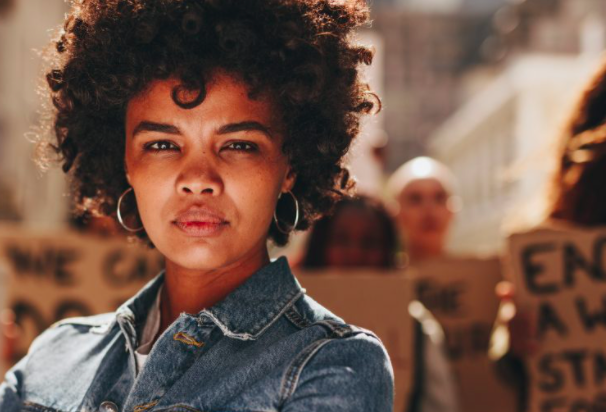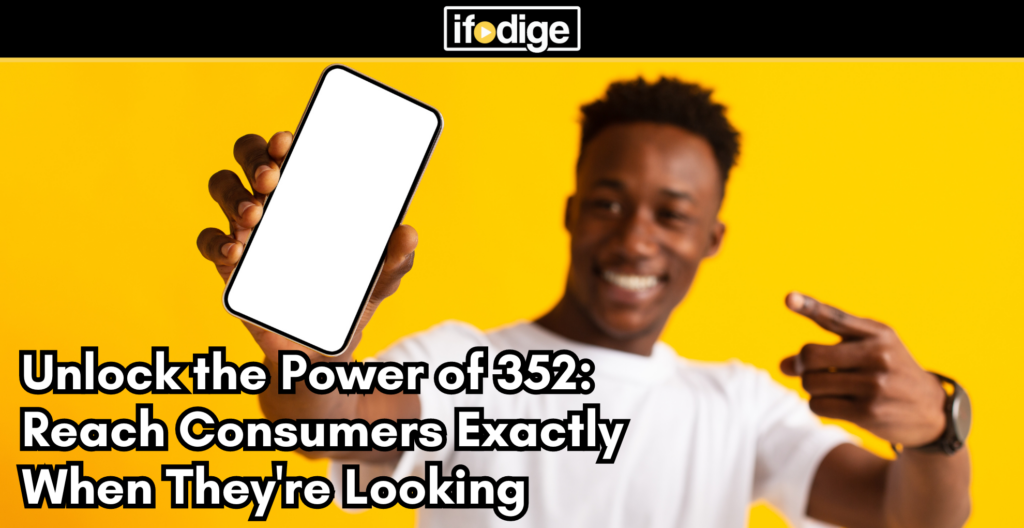Black community engagement requires marketing and public relations pros to deepen their knowledge of the history, diversity and buying power of African-Americans.
With the Black Lives Matter movement resurging in the wake of George Floyd’s death, matters of social justice and equality are again at the forefront of our culture. To build purpose-led brands that make meaningful connections with consumers, companies and organizations should understand the role they play in serving the Black community.
The Purpose Report 2020 indicates that 80% of Black consumers, more than other racial groups, prefer to buy from socially conscious companies. In developing a deeper understanding of what motivates Black buyers, here are 10 points that marketing and public relations professionals should in mind:
1. Racism is systemic.
Systemic racism, sometimes called structural or institutional racism, refers to the anti-Black racism deeply embedded in our society. Institutions that white people regard as protective or beneficial are persistently harmful toward Black Americans. This is evident in the Black community’s experience with the enormous wealth gap, mass incarceration and disproportionate incidents of police brutality.
2. Marketing and public relations have harmed Black people throughout American history.
Two weeks ago Quaker Oats announced that it’s retiring Aunt Jemima, the pancake syrup’s racist “mammy” caricature that’s been around since 1889s. Imagery like this is concerningly common and dangerously influential in both past and present brand marketing. We see this with the persistent images of happy servitude, colorism’s suggestion that dark equals dirty, and upsetting animal comparisons. It’s important to actively engage against these stereotypes and dismantle the harm that they continue to do.
3. The wealth gap is massive.
With systemic racism comes long-existing disparities. For example, the cumulative nature of wealth has created a huge financial gap between white and Black families. The Senate Joint Economic Committee’s 2020 report explains that the median wealth of Black families is only one-tenth that of white families. Closing a racial gap like this will not be easy. In fact, a Duke University social equity report contends that individual Black actions won’t be the answer to closing the wealth gap. Marketing and public relations professionals should consider the systemic nature of wealth inequity, which the Duke researchers say call for larger institutional changes.
4. Black America has over $1 trillion of consumer power.
In 2018, Nielsen reported that Black Americans hold about $1.3 trillion in annual after-tax income. This number continues to grow in part because of Black-owned businesses and access to education. Marketing and public relations professionals should consider how purchasing power supports Black causes, Black businesses, Black investment and the accumulation of Black wealth.
5. The Black community dominates the health, beauty and wellness industries both in production and consumption.
In understanding Black spending power, it is also important to understand which industries the Black community favors. Black spending is proportionally higher for women’s fragrances, feminine hygiene products and men’s toiletries, with more than 20% of sales, as well as 86% of ethnic hair and beauty aids consumption. From a marketing and public relations standpoint, these spending habits and patterns are a window into consumer aspirations and brand purpose.
6. The Black community identifies with their culture more than any other race.
Pew Research Center’s 2019 Race in America survey found that 74% of Black respondents consider their race to be a central part of their identity. Compare that to the 15% of white Americans who consider their race to be significant. In assessing community engagement or brand purpose, , it is important to understand what your audience finds important and the role that identity plays in their lives.
7. The Black community is diverse.
Though the Black community tends to identify with culture more than any other race, “Black” is merely a blanket statement that doesn’t place Blackness within a multitude of other identities (being Black and LGBTQIA+ or Black and a woman). Identity is extremely complex and difficult to navigate. Understanding how these roles intersect is key to creating specific, targeted, and sympathetic marketing and public relations campaigns.
8. It is valuable to be a good ally.
It’s important for marketing and public relations professionals to be introspective about the role brands play in sustaining the institutions that contribute to systemic oppression. Being a good ally to Black causes means listening, learning and engaging in meaningful action, not surface-level posturing. In fact, according to Nielsen, Black Americans older than 35 are 15% more likely to expect support for social causes from the brands they buy. Even so, marketing to the Black community should be about inclusion and outreach, never an attempt to exploit an already vulnerable population.
9. Social media makes meaningful connections with Black Americans.
Having an online presence is a good way to engage in activism and reach new audiences. Black Americans are 44% more likely than whites to interact with brands on social media. As Black spending power increases, it is important to build loyalty and create a lasting presence on social networks.
10. First step for marketers: Hire Black people.
To clarify, “hire Black people” is broad. It’s a start, but it’s not enough. Companies should promote Black people, listen to Black people and care about Black people. Stay away from tokenizing behavior and be careful not to give Black employees the burden of educating their white peers. White people and non-Black people of color will never truly understand what it’s like to be Black. No matter how much research you do or how many lists (like this) you read, marketing to a particular community requires a genuinely deeper understanding of that community. That’s only possible if you have Black voices in your company.
By: Purpose Brand






